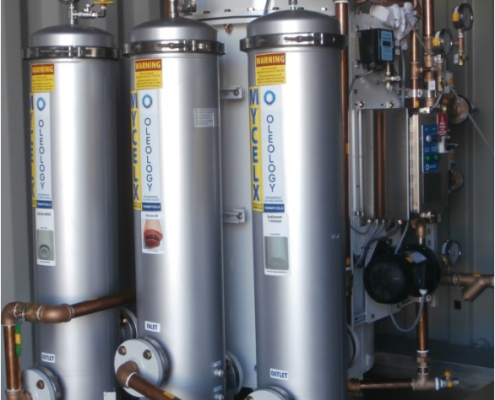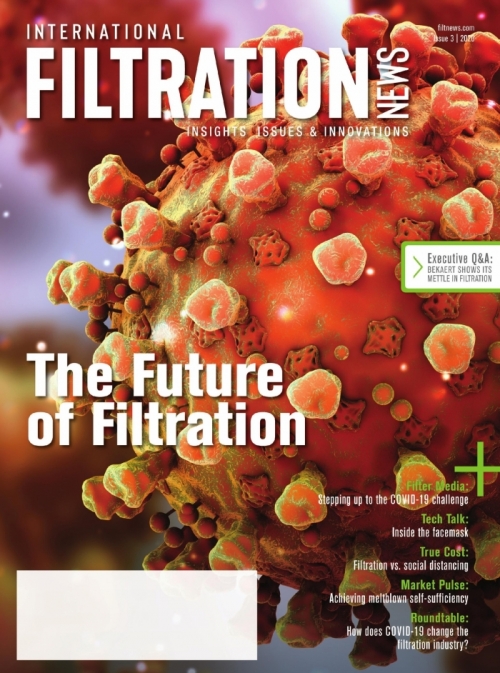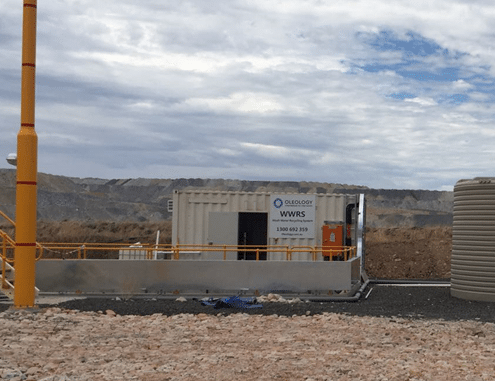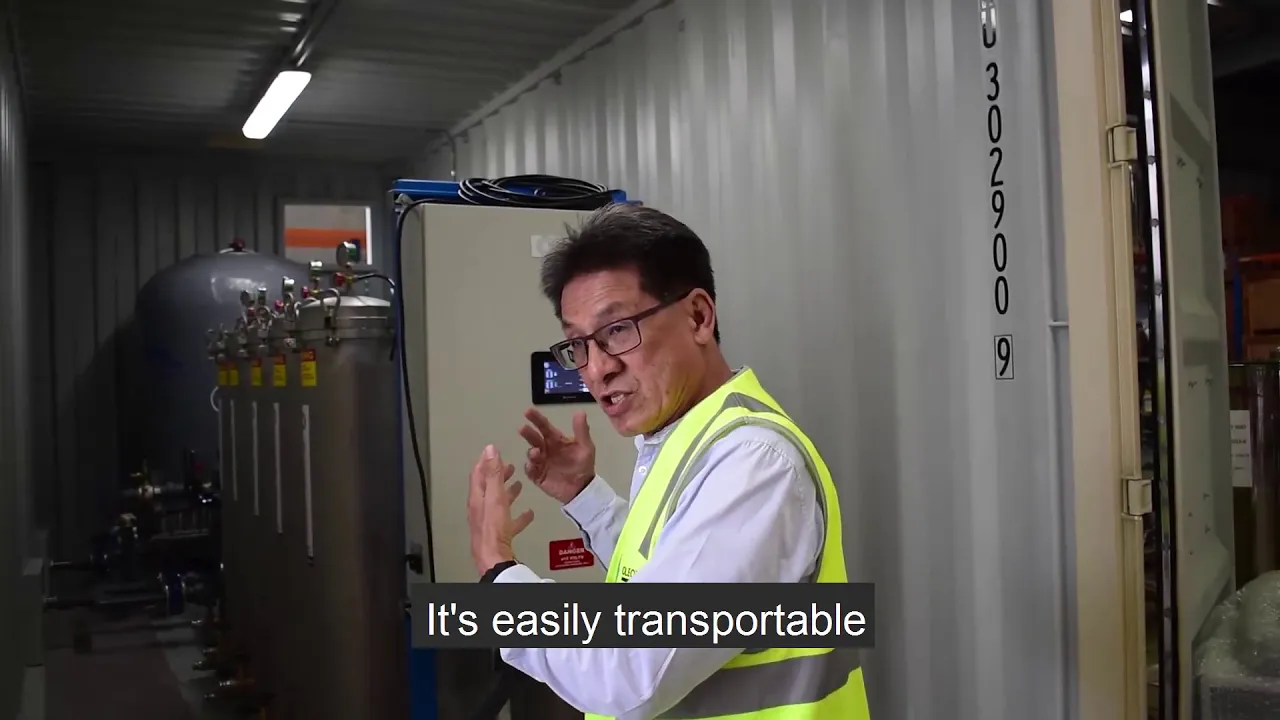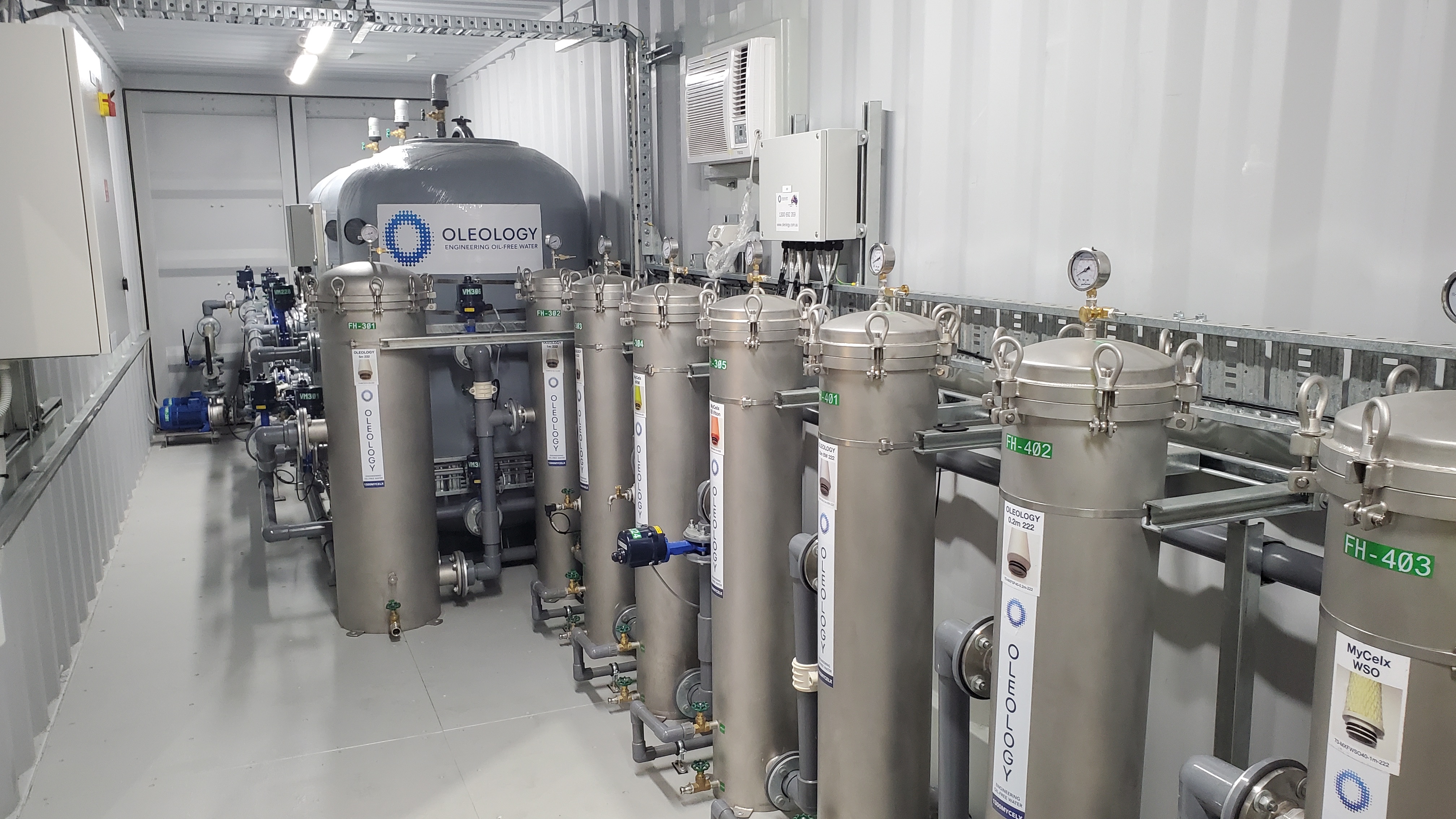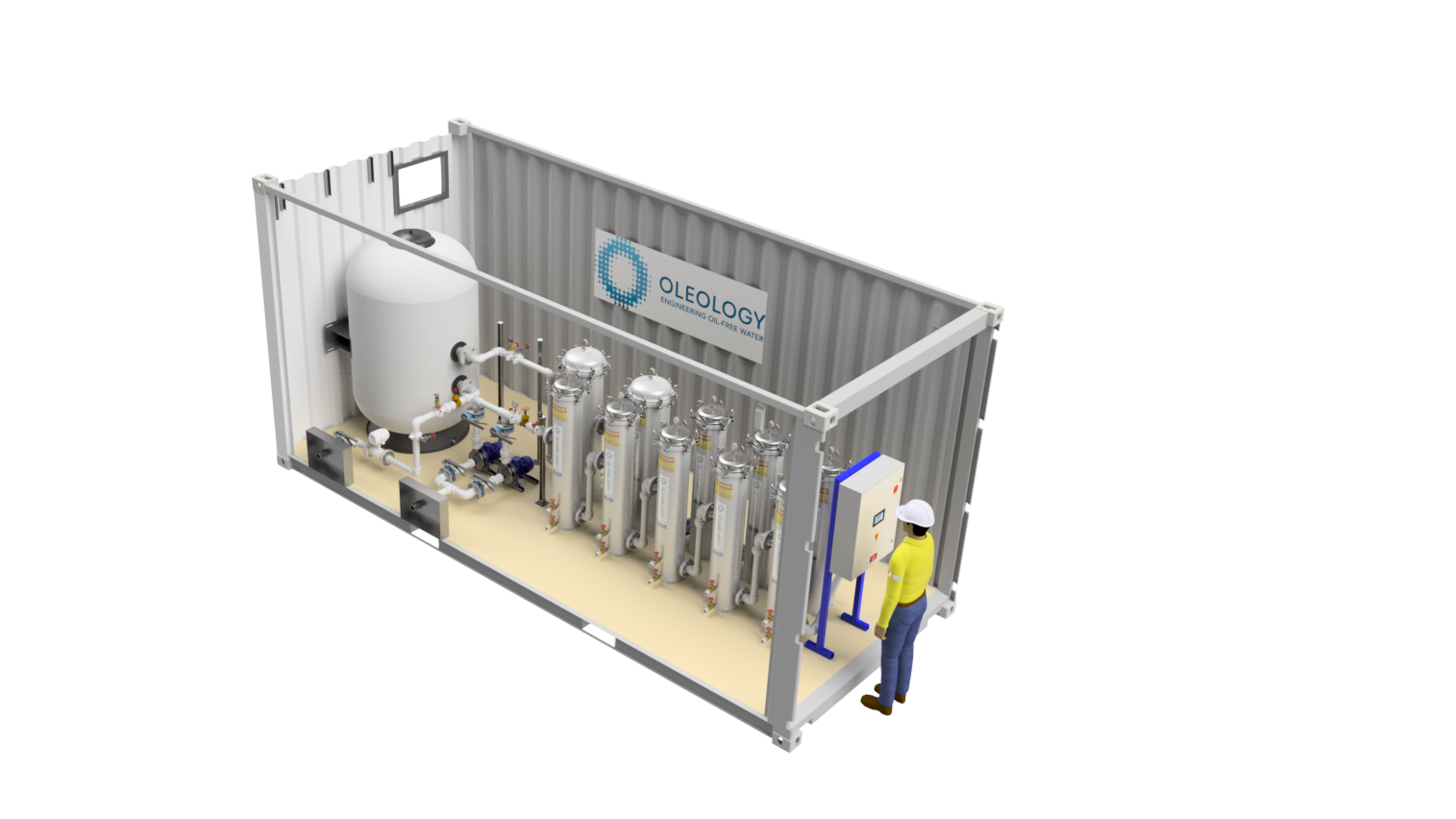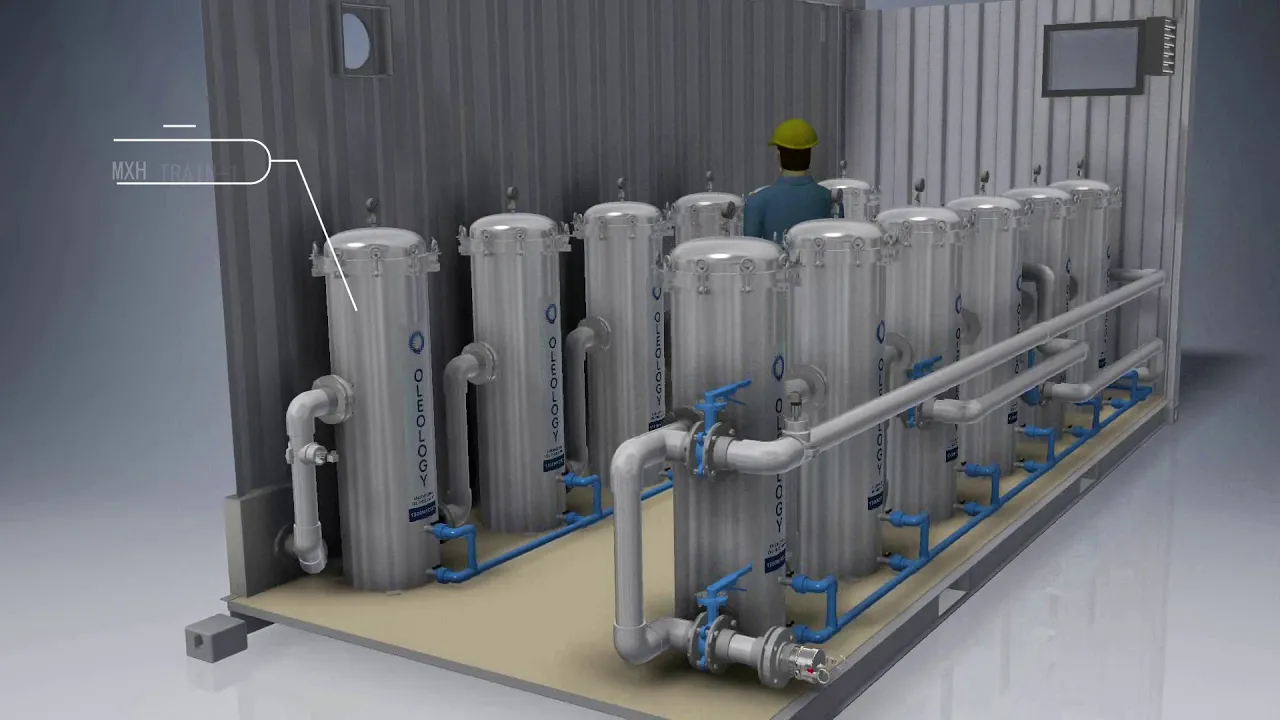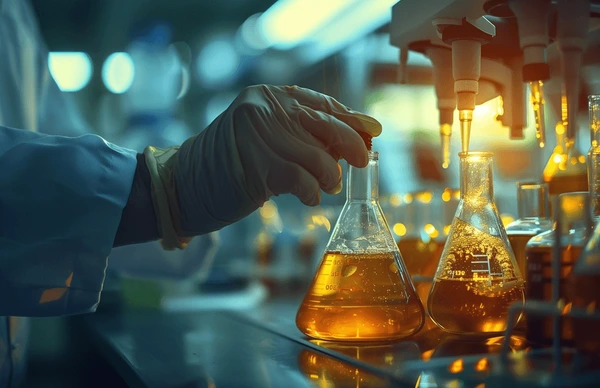What is PFAS?
Known as perfluoroalkyl and polyfluoroalkyl substances, PFAS is a man made compound and does
not naturally degrade in the environment.
Also referred to as fluorochemicals, as well as the “Forever Chemical,” due to their
persistency in the environment and humans, PFAS contains one or more carbon atoms whose
carbon-hydrogen bonds are replaced by carbon-fluorine bonds. The carbon-fluorine bonds are
the shortest and strongest chemical bonds, hence its chemical reactive stability and
persistency.
PFAS has excellent heat, chemical and thermal stability; stain, water and dirt repellence
and wetting; and surfactant properties. Hence, they are used in a wide variety of products
and processes.
- Oil repellent treatments for carpets and rugs
- Stain repellent treatments for textiles, leathers and fabrics
- Waxes, polishes, paints, adhesives
- Homewares: non-stick cookware, paper and food packaging
- Pesticides
- Industrial uses: firefighting foams, aviation hydraulic fluid, metal plating, electronic circuit board manufacture, and oil and gas production.
Globally PFAS can be found everywhere even in whales and polar bears in the Arctic.
Since the discovery of the harmful effect of PFAS countries are now phasing out the
production however more PFAS analytes are being discovered as product IP is being released.
Human impact has been confirmed from various sources around the world and most recently
released by the University of Michigan has linked PFAS with Ovarian and Testicular cancers.
“PFAS has a half life between 40-90 years and bio accumulates within the environment.”
Environmental impact with water and land has also greatly affected the agriculture and
horticulture ecosystem. Farming of meat and vegetable crops further impacts human health as
PFAS passes through the food chain.
The world is connected by its oceans, and the persistence of the PFAS precursors and
analytes enables the contaminants to travel across the globe without interference.
PFAS has a half life between 40-90 years and bioaccumulates within the environment. If you
wish to read more about PFAS below are articles written by world-leading experts on this
issue.
We offer carbon offset services to help individuals and businesses reduce their carbon footprint. By investing in certified renewable energy projects, you can offset emissions and contribute to a cleaner, more sustainable environment. Support sustainable transportation with our EV charging station installation service. Our team provides home, business, and public charging station solutions powered by renewable energy, promoting greener mobility.

